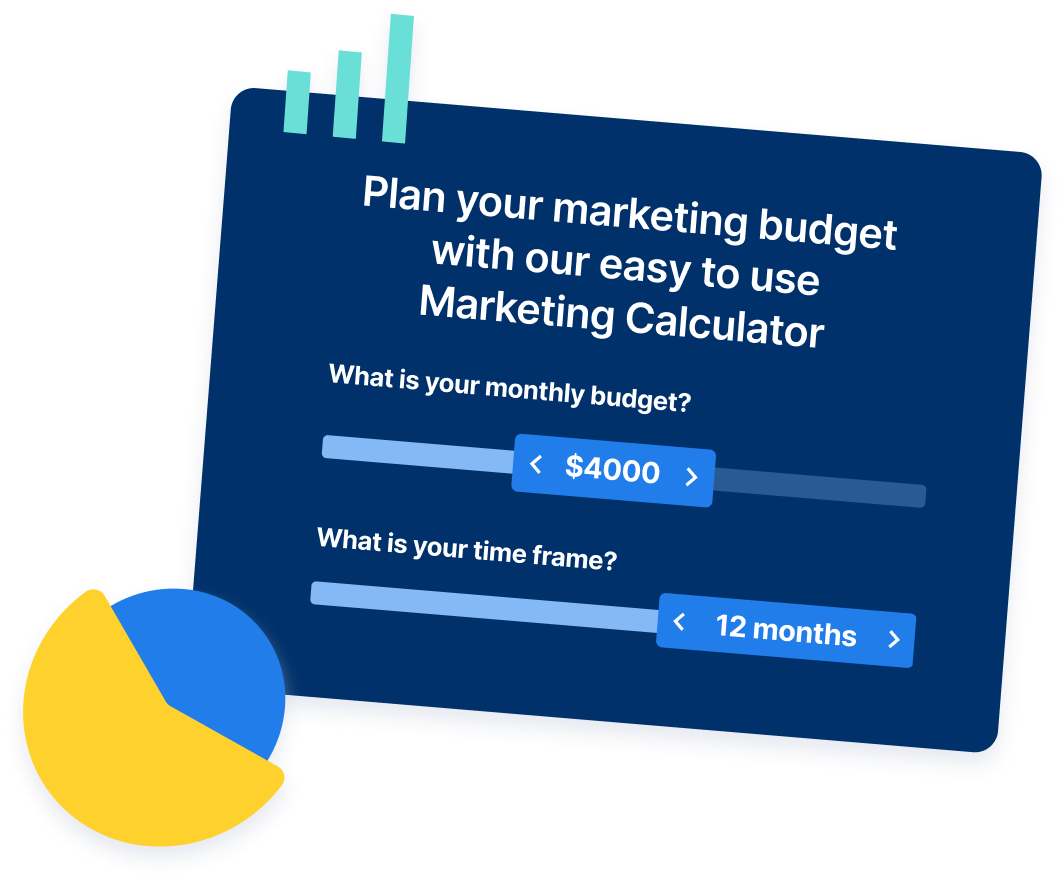What are revenue marketing metrics?
Revenue marketing metrics are indicators measuring your marketing campaigns’ effectiveness in generating revenue. They determine which strategies and campaigns are driving revenue growth.
Why are revenue marketing metrics important?
Tracking your revenue metrics can help you optimize your campaigns. Doing so identifies ways to keep your customers satisfied, acquire new ones, and reduce churn.
In addition, revenue marketing metrics align your marketing and sales teams as they share the common goal of growing your revenue.
What is a North Star metric?
A “North Star” metric is the single most predictive metric of your business’s success. It must directly contribute to revenue growth.
Companies typically set North Star metrics to encourage their team members to contribute and focus on that goal. Different businesses may have different North Star metrics.
For example, a SaaS company may have CLV as its North Star metric. Meanwhile, an ecommerce business may consider average order value (AOV) as the most valuable metric that measures their progress and revenue growth.











